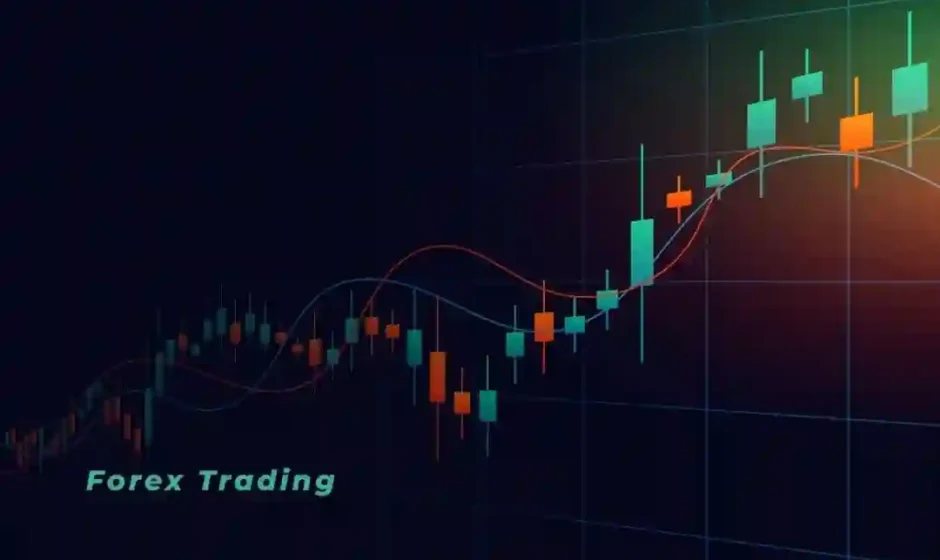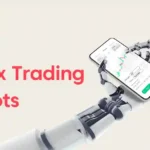In the dynamic and volatile world of forex trading, where fortunes are made and lost in the blink of an eye, mastering risk control is paramount for traders seeking long-term success. This is especially true in the realm of forex robot trading, where automated systems execute trades based on predefined rules and parameters. In this exploration, we delve into the importance of risk control in forex robot trading, understanding its significance in preserving capital, mitigating losses, and achieving sustainable profitability in the forex market.
Understanding Risk Control in Forex Trading:
Risk control, also known as risk management, is the process of identifying, assessing, and mitigating risks associated with trading activities. In the context of forex trading, risk control involves implementing strategies and techniques to manage exposure to market volatility, protect against adverse price movements, and preserve capital. Effective risk control is essential for traders to navigate the inherent uncertainties of the forex market and maintain stability and resilience in their trading operations.
The Importance of Risk Control in Forex Robot Trading:
Risk control plays a crucial role in forex robot trading, influencing trading performance, profitability, and longevity in the following ways:
- Preservation of Capital: Preserving capital is the cornerstone of successful forex trading. By implementing risk control measures, traders can protect their trading capital from excessive losses and drawdowns, ensuring the long-term sustainability of their trading operations. In forex robot trading, risk control techniques such as position sizing, stop-loss orders, and maximum drawdown limits help traders limit the amount of capital at risk per trade and prevent catastrophic losses that could wipe out their accounts.
- Mitigation of Losses: Losses are an inevitable part of trading, but effective risk control can help mitigate their impact. By setting appropriate stop-loss levels and implementing risk-reward ratios, traders can limit the size of potential losses relative to their expected profits. In forex robot trading, risk control algorithms and parameters are programmed to manage risk exposure dynamically, adjusting position sizes and stop-loss levels based on market conditions and performance metrics to minimize losses and preserve capital.
- Consistency in Performance: Consistency is key to long-term success in forex trading. By maintaining consistent risk control practices, traders can achieve stable and predictable trading performance over time. In forex robot trading, risk control ensures that trading strategies remain disciplined and consistent in their execution, regardless of market conditions or emotional biases. This consistency enables traders to build trust and confidence in their trading systems and achieve sustainable profitability in the forex market.
- Protection Against Market Volatility: The forex market is inherently volatile, characterized by rapid price movements and sudden market shocks. Effective risk control helps traders navigate through market volatility and protect against adverse price movements. In forex robot trading, risk control techniques such as volatility-based position sizing and dynamic stop-loss adjustments enable traders to adapt to changing market conditions and mitigate the impact of volatility on trading performance, ensuring stability and resilience in their trading operations.
- Optimization of Risk-Return Profile: Risk control allows traders to optimize the risk-return profile of their trading strategies, striking a balance between profitability and risk exposure. By adjusting position sizes, leverage levels, and risk-reward ratios, traders can tailor their risk control parameters to align with their risk tolerance and trading objectives. In forex robot trading, risk control algorithms are designed to optimize risk-return profiles dynamically, ensuring that trading strategies maximize returns while minimizing downside risk and preserving capital.
Implementing Effective Risk Control in Forex Robot Trading:
To implement effective risk control in forex robot trading, traders can utilize a combination of strategies and techniques, including:
- Setting appropriate stop-loss levels to limit potential losses.
- Implementing position sizing algorithms to control risk exposure.
- Utilizing maximum drawdown limits to prevent excessive capital depletion.
- Incorporating volatility-based risk management techniques to adapt to changing market conditions.
- Regularly monitoring and adjusting risk control parameters based on performance feedback and market analysis.
Conclusion:
Risk control is a fundamental aspect of successful forex trading, especially in the context of forex robot trading. By implementing effective risk control measures, traders can preserve capital, mitigate losses, and achieve consistent profitability in the dynamic and volatile forex market. As traders continue to navigate through the complexities of the forex market, mastering risk control remains essential for maintaining stability, resilience, and longevity in their trading operations.



